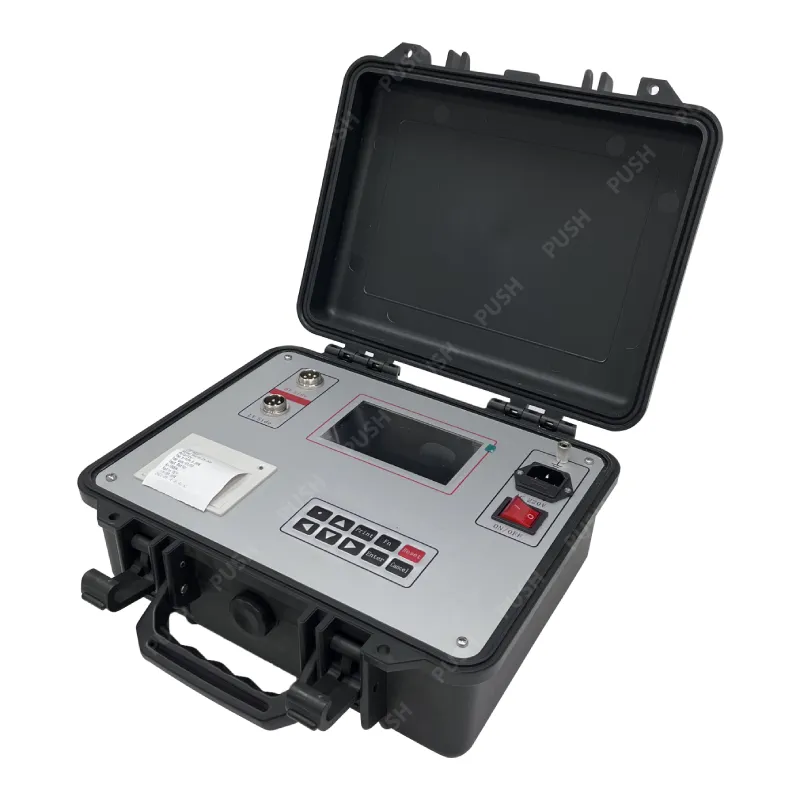 English
English



-
 Afrikaans
Afrikaans -
 Albanian
Albanian -
 Amharic
Amharic -
 Arabic
Arabic -
 Armenian
Armenian -
 Azerbaijani
Azerbaijani -
 Basque
Basque -
 Belarusian
Belarusian -
 Bengali
Bengali -
 Bosnian
Bosnian -
 Bulgarian
Bulgarian -
 Catalan
Catalan -
 Cebuano
Cebuano -
 China
China -
 China (Taiwan)
China (Taiwan) -
 Corsican
Corsican -
 Croatian
Croatian -
 Czech
Czech -
 Danish
Danish -
 Dutch
Dutch -
 English
English -
 Esperanto
Esperanto -
 Estonian
Estonian -
 Finnish
Finnish -
 French
French -
 Frisian
Frisian -
 Galician
Galician -
 Georgian
Georgian -
 German
German -
 Greek
Greek -
 Gujarati
Gujarati -
 Haitian Creole
Haitian Creole -
 hausa
hausa -
 hawaiian
hawaiian -
 Hebrew
Hebrew -
 Hindi
Hindi -
 Miao
Miao -
 Hungarian
Hungarian -
 Icelandic
Icelandic -
 igbo
igbo -
 Indonesian
Indonesian -
 irish
irish -
 Italian
Italian -
 Japanese
Japanese -
 Javanese
Javanese -
 Kannada
Kannada -
 kazakh
kazakh -
 Khmer
Khmer -
 Rwandese
Rwandese -
 Korean
Korean -
 Kurdish
Kurdish -
 Kyrgyz
Kyrgyz -
 Lao
Lao -
 Latin
Latin -
 Latvian
Latvian -
 Lithuanian
Lithuanian -
 Luxembourgish
Luxembourgish -
 Macedonian
Macedonian -
 Malgashi
Malgashi -
 Malay
Malay -
 Malayalam
Malayalam -
 Maltese
Maltese -
 Maori
Maori -
 Marathi
Marathi -
 Mongolian
Mongolian -
 Myanmar
Myanmar -
 Nepali
Nepali -
 Norwegian
Norwegian -
 Norwegian
Norwegian -
 Occitan
Occitan -
 Pashto
Pashto -
 Persian
Persian -
 Polish
Polish -
 Portuguese
Portuguese -
 Punjabi
Punjabi -
 Romanian
Romanian -
 Russian
Russian -
 Samoan
Samoan -
 Scottish Gaelic
Scottish Gaelic -
 Serbian
Serbian -
 Sesotho
Sesotho -
 Shona
Shona -
 Sindhi
Sindhi -
 Sinhala
Sinhala -
 Slovak
Slovak -
 Slovenian
Slovenian -
 Somali
Somali -
 Spanish
Spanish -
 Sundanese
Sundanese -
 Swahili
Swahili -
 Swedish
Swedish -
 Tagalog
Tagalog -
 Tajik
Tajik -
 Tamil
Tamil -
 Tatar
Tatar -
 Telugu
Telugu -
 Thai
Thai -
 Turkish
Turkish -
 Turkmen
Turkmen -
 Ukrainian
Ukrainian -
 Urdu
Urdu -
 Uighur
Uighur -
 Uzbek
Uzbek -
 Vietnamese
Vietnamese -
 Welsh
Welsh -
 Bantu
Bantu -
 Yiddish
Yiddish -
 Yoruba
Yoruba -
 Zulu
Zulu
Understanding the Principles and Applications of Gas Chromatography Techniques in Laboratory Analysis
Understanding Gas Chromatography Systems A Comprehensive Overview
Gas chromatography (GC) is a pivotal analytical technique widely utilized in various fields including chemistry, environmental monitoring, food safety, and pharmaceuticals. The fundamental principle of gas chromatography is to separate and analyze compounds that can be vaporized without decomposition. This systematic method is vital for identifying complex mixtures and determining the concentration of different substances. A gas chromatography system consists of several essential components that work together to achieve efficient separation and analysis of volatile compounds.
Components of a Gas Chromatography System
The main components of a gas chromatography system include the sample injector, carrier gas supply, column, detector, and data analysis system
. Each part plays a crucial role in ensuring accurate results.1. Sample Injector The sample injector is responsible for introducing the sample into the GC system. In most cases, a very precise and reproducible volume of the sample is injected into the system, typically through a syringe or autosampler. The injector can be operated in various modes, including split, splitless, and on-column injections, depending on the type of analysis required.
2. Carrier Gas Supply In gas chromatography, a carrier gas transports the vaporized sample through the column. Commonly used carrier gases include helium, nitrogen, and hydrogen. The choice of carrier gas can significantly influence separation efficiency and detector response. The carrier gas must be of high purity to minimize contamination that could affect the analysis.
3. Column The column is the heart of the gas chromatography system. It is where the actual separation of compounds occurs. Columns can be packed or open tubular, made of materials such as glass, metal, or fused silica. The choice of column depends on factors like the nature of analytes, the phase of the stationary liquid, and the desired separation. The separation mechanism primarily involves a combination of adsorption and partitioning between the stationary phase and the mobile phase (the carrier gas).
gas chromatography system

4. Detector After passing through the column, the separated compounds are detected. There are various types of detectors in gas chromatography, including flame ionization detectors (FID), thermal conductivity detectors (TCD), mass spectrometry (MS), and electron capture detectors (ECD). Each detector has its advantages and is selected based on sensitivity, specificity, and the nature of the compounds being analyzed.
5. Data Analysis System Finally, the results from the detector are transmitted to a data analysis system, which processes and interprets the signal to produce chromatograms. These chromatograms provide vital information on the presence and concentration of compounds in the sample. Modern gas chromatography systems often come equipped with software that aids in quantification and identification, making the analysis more efficient and accurate.
Applications of Gas Chromatography
Gas chromatography has vast applications across numerous industries. In environmental science, it is used to analyze air and water samples for pollutants. In the food and beverage industry, it helps ensure product quality and safety by detecting additives, pesticides, and contaminants. In pharmaceuticals, GC is critical for quality control and for the analysis of active pharmaceutical ingredients and their impurities.
Conclusion
Gas chromatography is a powerful analytical tool that plays a vital role in various scientific fields. Understanding the intricate components and methodology behind the gas chromatography system allows for better application and improvement in analytical practices. As technology advances, the capabilities of gas chromatography continue to expand, further enhancing its significance in research and industry. With its exceptional sensitivity and accuracy, gas chromatography remains a cornerstone in the realm of chemical analysis.
-
Testing Equipment Industry Sees Major Advancements in 2025: Smart & Precision Technologies Lead the WayNewsJun.06,2025
-
Applications of Direct Current Generators in Renewable Energy SystemsNewsJun.05,2025
-
Hipot Tester Calibration and Accuracy GuidelinesNewsJun.05,2025
-
Digital Circuit Breaker Analyzer Features and BenefitsNewsJun.05,2025
-
Benefits of Real-Time Power Quality Monitoring Devices for Industrial EfficiencyNewsJun.05,2025
-
Earth Fault Loop Testing in High-Rise Building Electrical SystemsNewsJun.05,2025



